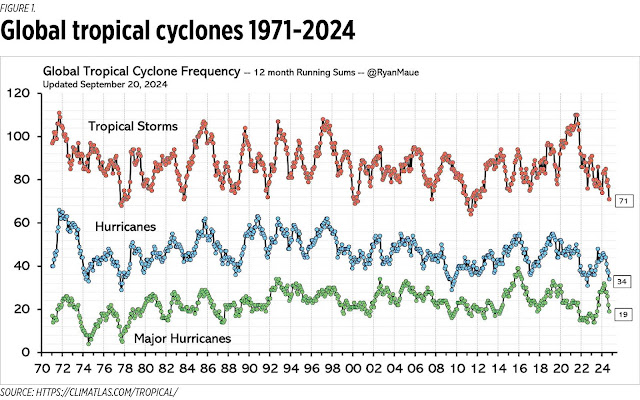Historical Inequity into Economic Reality: A Critique on DAR’s Agrarian Reformation in the Philippines
November 2024
As with many postcolonial countries, the Philippines was presented with a land tenure system with strong colonial roots. The said system which was widely acknowledged to be characterized by the existence of very large agricultural lands owned by only a few wealthy families (oligarchs) caused extreme gaps in wealth and power. The general trick in mushroom farms, primarily the main driver, were the ones who had to bear the brunt, accepting low wages and working in precarious conditions, and they were never the owners of the land they cultivated. The Philippine land reform responded to the historical injustice and economic disparity caused by the system.
In the 20th century, the Philippine agrarian system was characterized by a stark divide between large landholdings and small-scale farming (which for simplicity we will classify into types A, B, and C). Type A, prevalent in Central Luzon and Visayas, involved concentrated land ownership by a few wealthy families who rented their land to tenants. Tenants shared the harvest with the landowners and often found themselves in debt due to the risks associated with farming. Type B, more common in the Visayas, featured smaller landholdings and a system of hired laborers. Type C involved government-owned land leased to individual families, typically for pineapple cultivation.
The 1963 Agricultural Land Reform Code marked a significant step towards addressing the inequities of the agrarian system, particularly for rice and corn tenants. However, it failed to address the broader issues of land distribution and the plight of farmers in other sectors. President Ferdinand Marcos's Presidential Decree 7, issued during martial law, sought to further reform the agrarian system by distributing large landholdings among small farmers. The Masagana '99 program, which provided subsidized inputs to rice farmers, led to a temporary increase in production but did not address the underlying structural problems.
While the Philippine agrarian reform movement has achieved some progress over the years, the challenges faced by small-scale farmers persist. Issues such as land tenure, access to credit, and the impact of climate change continue to hinder their livelihoods. Understanding the historical context of Philippine agrarian reform is essential for developing effective policies to promote agricultural sustainability and social justice.
- History of Organization
To address this issue, the Corazon Aquino administration implemented the Comprehensive Agrarian Reform Program (CARP) as a response to the deep-rooted issue of land inequality in the Philippines. CARP aimed to redistribute all covered agricultural lands within a ten-year timeframe, by 1998. This ambitious program was a key component of Aquino's campaign platform and sought to address the rural poverty exacerbated by the colonial and post-colonial landholding system.
The implementation of CARP was motivated by several factors. First, like many developing countries, the Philippines sought to increase its gross domestic product (GDP). However, the agricultural sector, while labor-intensive, often generates low-value-added products. This means that despite significant inputs and effort, the economic returns from agriculture are relatively limited. Second, the global agricultural market, particularly for commodities like sugar, was heavily influenced by former colonial powers and their trading partners, such as the United States—this unequal relationship further disadvantaged agricultural producers in countries like the Philippines, which faced competition from better-supported and more efficient foreign markets. Coupled with the Cronyism and protectionist policies, it led to these industries becoming stagnant. The government often absorbed the costs of unprofitable agricultural businesses, leading to stagnation in the sector, persistent trade deficits, and balance of payments crises. Under these circumstances, the Philippines continued to lag behind its other Asian counterparts as they focused on export-oriented industrialization and higher-value goods instead of intermediary goods (De Dios et al., 2021). This calls for the Philippines to shift away from traditional low-value agricultural-oriented products in favor of more value-adding activities like manufacturing. By redistributing land through CARP, the government aimed to encourage farmers to diversify their livelihoods and explore opportunities in other sectors.
From an economic standpoint, agrarian reform aimed to deal with low productivity and inefficiencies in the agricultural sector. The economic theory of comparative advantage states that different countries should concentrate on different sectors based on relative efficiency. By contrast, the economy of the Philippines as developed capitalism seemed to be entangled in low-valued activities through the cultivation of commodity crops such as sugar and coconuts. The basic premise of CARP was to promote small farmers by giving them land, which would also encourage diversification and allow such farmers to move from low-valued agriculture to richer value-adding sectors such as manufacturing and agribusiness. The economic vision in the implementation of CARP was not only the alleviation of rural poverty but also the restructuring of the economy by shifting from agricultural-oriented growth as well as expanding the industrial output.
Nonetheless, there were several drawbacks that CARP encountered. Although the land was allocated to the rightful beneficiaries, most of them could not access the required financial, technological, and other essential service means for efficient land utilization. This lack of institutional support made it difficult for the region’s agriculture to improve, resulting in what economists refer to as ‘subsistence farming’, that is, farmers managed to grow just enough for their families with no excess grown for commercial purposes or reinvestment. In addition, some observers expressed concern over the slow pace of the project, citing issues like the delay in the redistribution of land which left many farmers in limbo.
The Department of Agrarian Reform (DAR) remains an integral force in the Philippines, managing land reform projects and carrying out its functions even after the original time frame of the Comprehensive Agrarian Reform Program (CARP). Due to the subsequent introduction of CARP Extension with Reforms (CARPER) in 2009, DAR has been able to retain its functions. Therefore, it is now clear that land redistribution is no longer the only concern of DAR as there is also a focus on capacity building of agrarian reform beneficiaries (ARBs) through different agricultural development and rural entrepreneurship programs.















